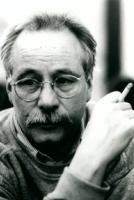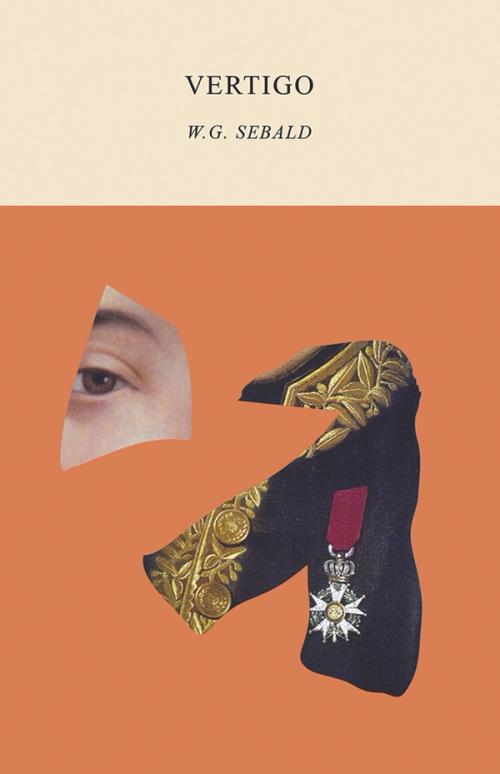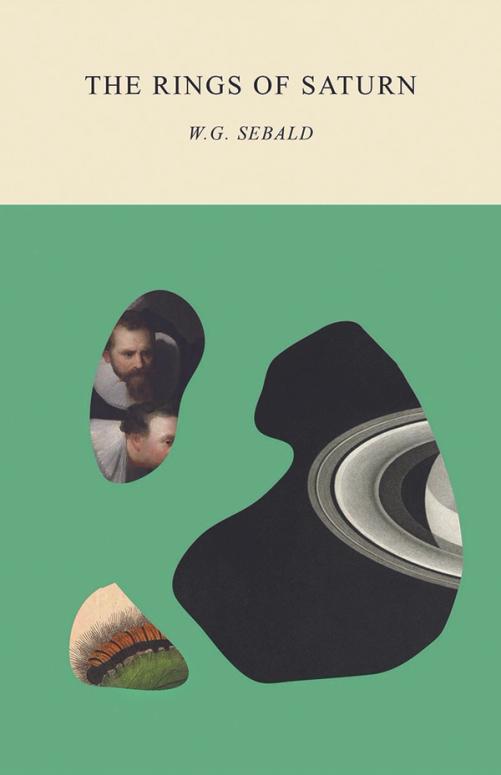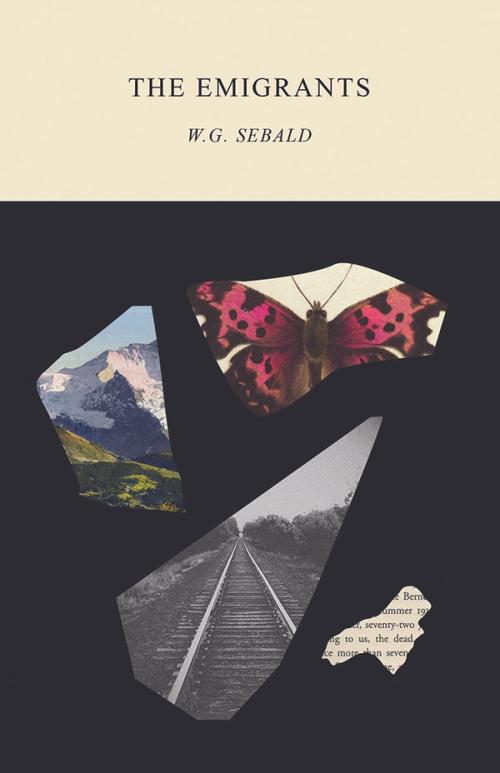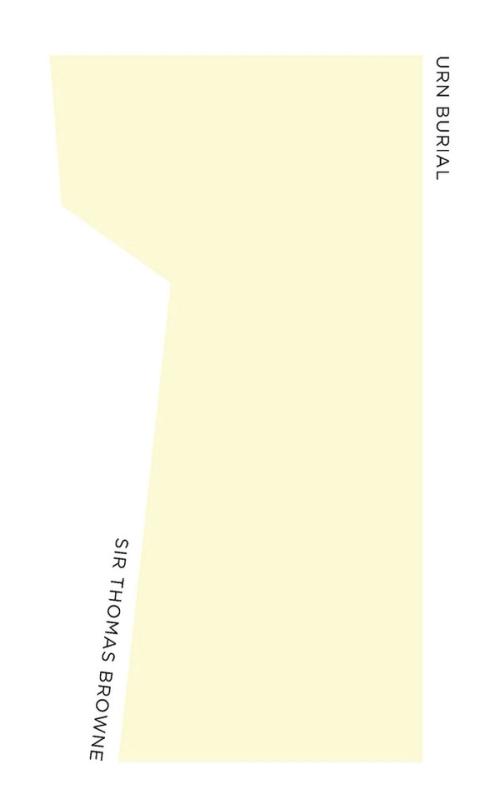Unrecounted
by W.G. Sebald and Jan Peter Tripp
Translated from German by Michael Hamburger
W.G. Sebald and Jan Peter Tripp were friends from their schooldays. Unrecounted combines 33 of what W.G. Sebald called his “micro-poems”—miniatures as unclassifiable as all his works—with 33 lithographs by the acclaimed artist Jan Peter Tripp. The art and the poems do not explain one another, but rather engage in a kind of dialog. “The longer I look at the pictures of Jan Peter Tripp,” Sebald comments in his essay, “the better I understand that behind the illusions of the surface, a dread-inspiring depth is concealed. It is the metaphysical lining of reality, so to speak.” The lithographs portray with stunning exactness pairs of eyes: among them the eyes of Beckett, Borges, Proust, Jasper Johns, Francis Bacon, Tripp, and Sebald. The poems are anti-narrative, epiphanic and brief as haiku. What the author calls “time lost, the pain of remembering, and the figure of death” here find a small home.
Paperback(published Oct, 01 1991)
- ISBN
- 9780811217262
- Price US
- 15.95
- Trim Size
- 6x9
- Page Count
- 80
Clothbound(published Oct, 01 1991)
- ISBN
- 9780811215961
- Price US
- 22.95
- Trim Size
- 6x9
- Page Count
- 80

